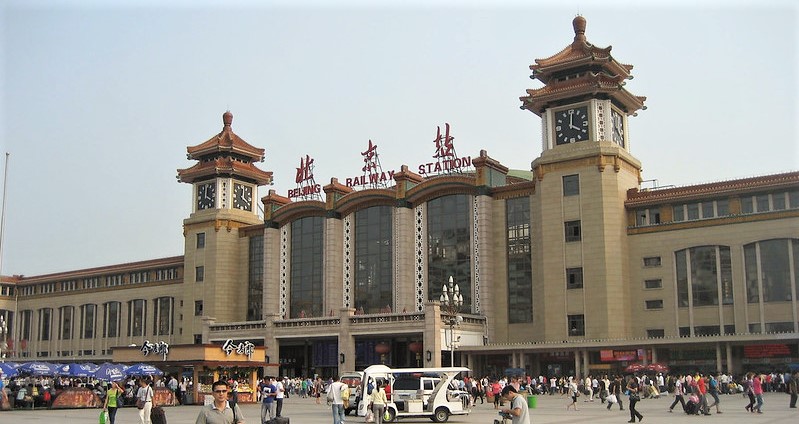Asian anchors
A city is a human settlement with a large population. While cities have been a feature of human civilisations for many centuries, they have only become the predominant way of life as a result of industrialisation, with rapid urbanisation meaning that more than half the world’s population now lives in cities.
Redefining global cities: The seven types of global metro economies, published by the Global Cities Initiative in 2016, categorised the distinct competitive positions of the world’s largest metro economies. It defines Asian anchors as: ‘Large, business and financial nodes anchoring inward investment into the Asia- Pacific and Russia.’
Asian anchors are in fast growing areas of the world and are similar to global giants, but less wealthy and less globally connected and have lower productivity. Global giants are: ‘Large, wealthy hubs with concentrations of corporate headquarters; they serve as the command and control centers for the world’s largest advanced economies.’
Asian anchors have reasonably good connectivity, relatively skilled workforces and are comparatively innovative compared to the regions they are it. They attract significant foreign direct investment, offering gateways for the global investment community
The six Asian anchors are:
- Beijing.
- Hong Kong.
- Seoul.
- Shanghai.
- Singapore.
- Moscow.
[edit] Related articles on Designing Buildings
Featured articles and news
RTPI leader to become new CIOB Chief Executive Officer
Dr Victoria Hills MRTPI, FICE to take over after Caroline Gumble’s departure.
Social and affordable housing, a long term plan for delivery
The “Delivering a Decade of Renewal for Social and Affordable Housing” strategy sets out future path.
A change to adoptive architecture
Effects of global weather warming on architectural detailing, material choice and human interaction.
The proposed publicly owned and backed subsidiary of Homes England, to facilitate new homes.
How big is the problem and what can we do to mitigate the effects?
Overheating guidance and tools for building designers
A number of cool guides to help with the heat.
The UK's Modern Industrial Strategy: A 10 year plan
Previous consultation criticism, current key elements and general support with some persisting reservations.
Building Safety Regulator reforms
New roles, new staff and a new fast track service pave the way for a single construction regulator.
Architectural Technologist CPDs and Communications
CIAT CPD… and how you can do it!
Cooling centres and cool spaces
Managing extreme heat in cities by directing the public to places for heat stress relief and water sources.
Winter gardens: A brief history and warm variations
Extending the season with glass in different forms and terms.
Restoring Great Yarmouth's Winter Gardens
Transforming one of the least sustainable constructions imaginable.
Construction Skills Mission Board launch sector drive
Newly formed government and industry collaboration set strategy for recruiting an additional 100,000 construction workers a year.
New Architects Code comes into effect in September 2025
ARB Architects Code of Conduct and Practice available with ongoing consultation regarding guidance.
Welsh Skills Body (Medr) launches ambitious plan
The new skills body brings together funding and regulation of tertiary education and research for the devolved nation.
Paul Gandy FCIOB announced as next CIOB President
Former Tilbury Douglas CEO takes helm.
UK Infrastructure: A 10 Year Strategy. In brief with reactions
With the National Infrastructure and Service Transformation Authority (NISTA).























